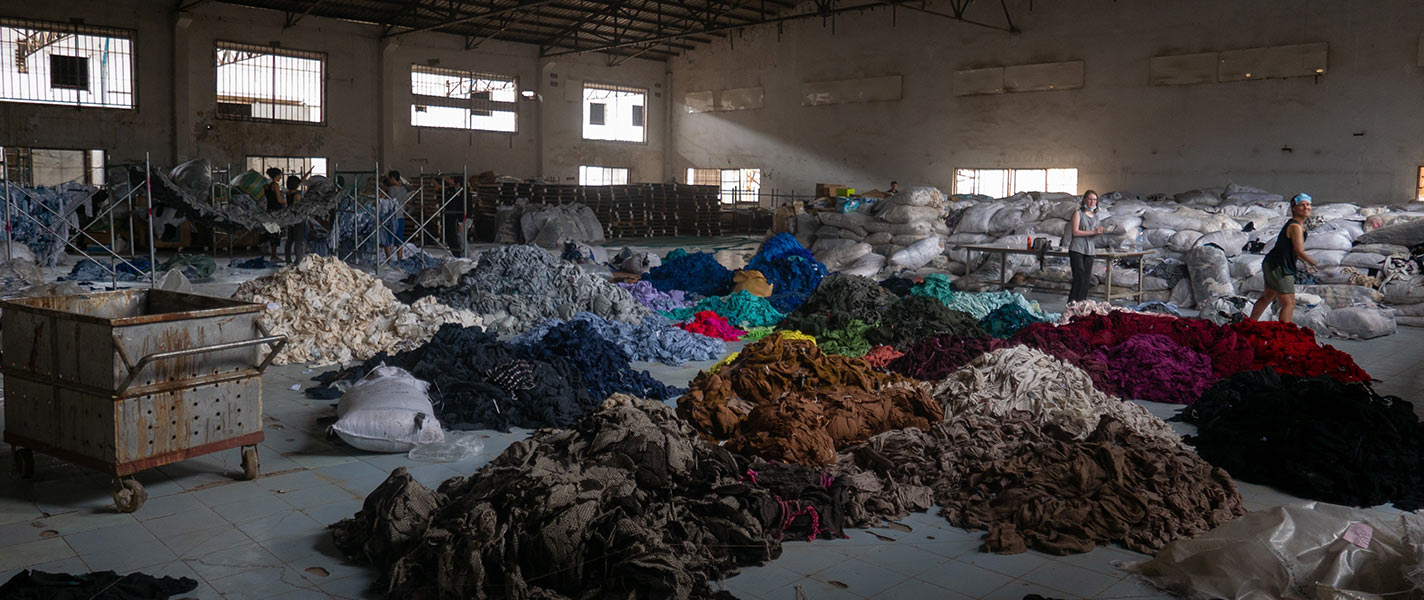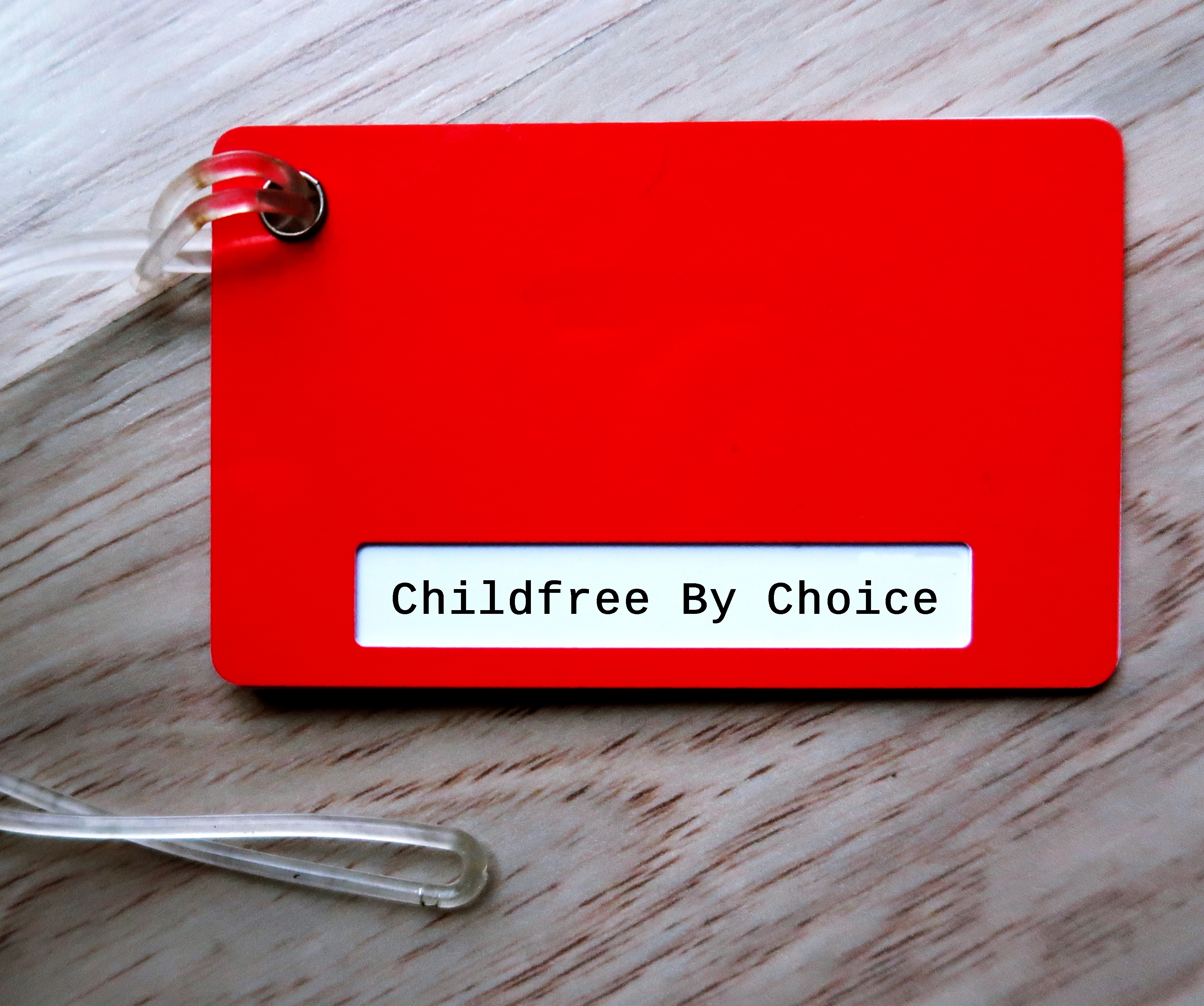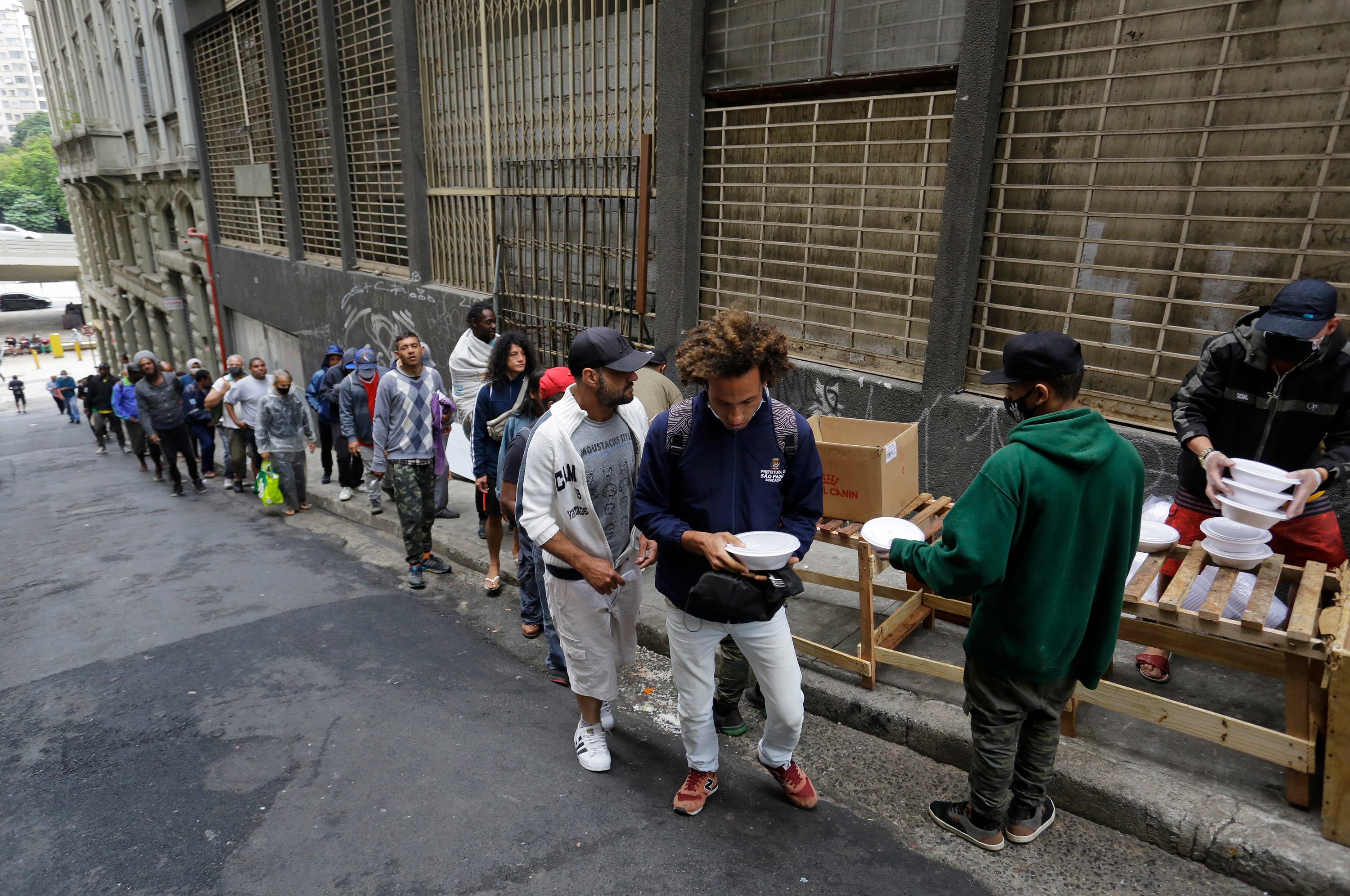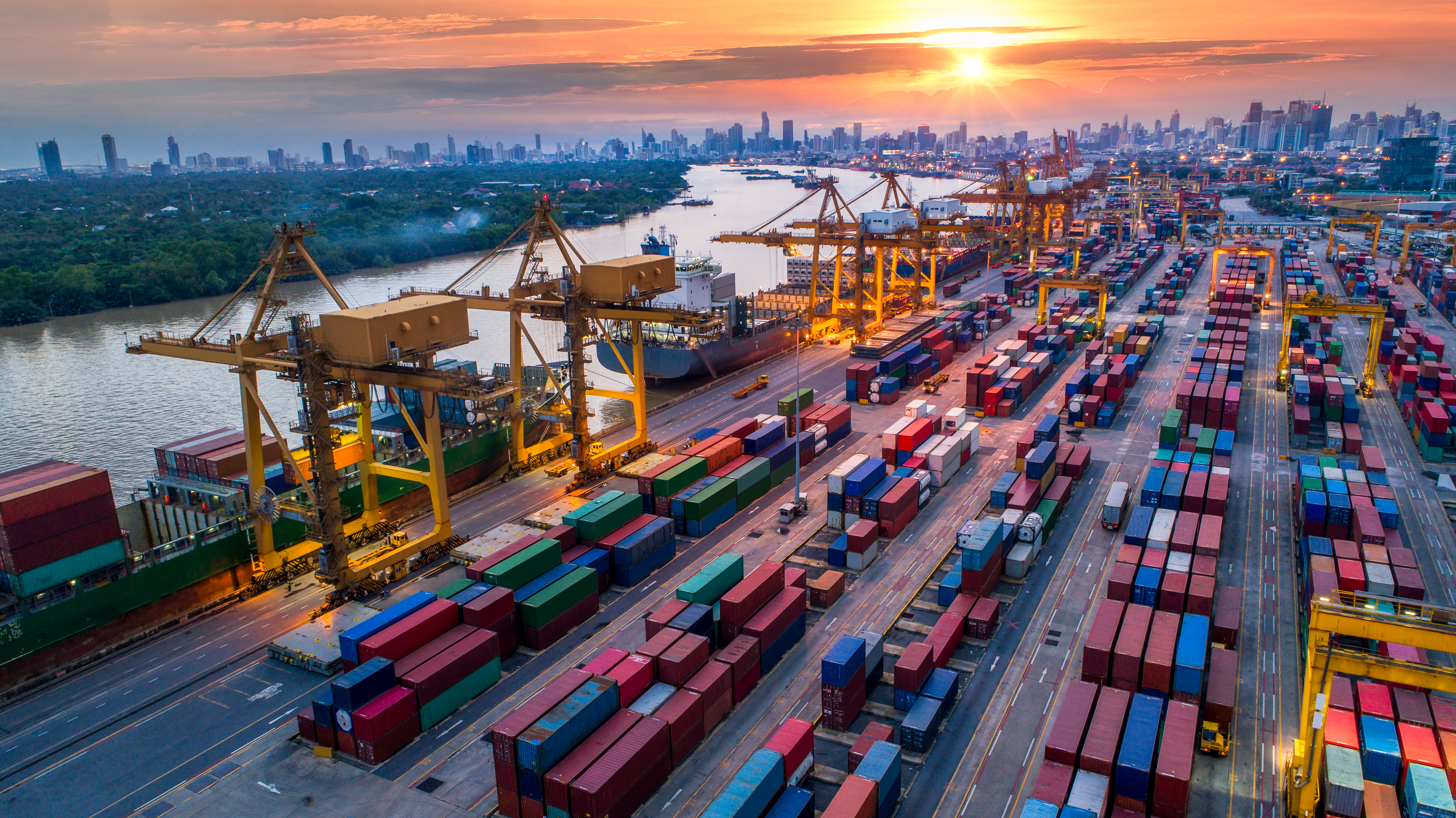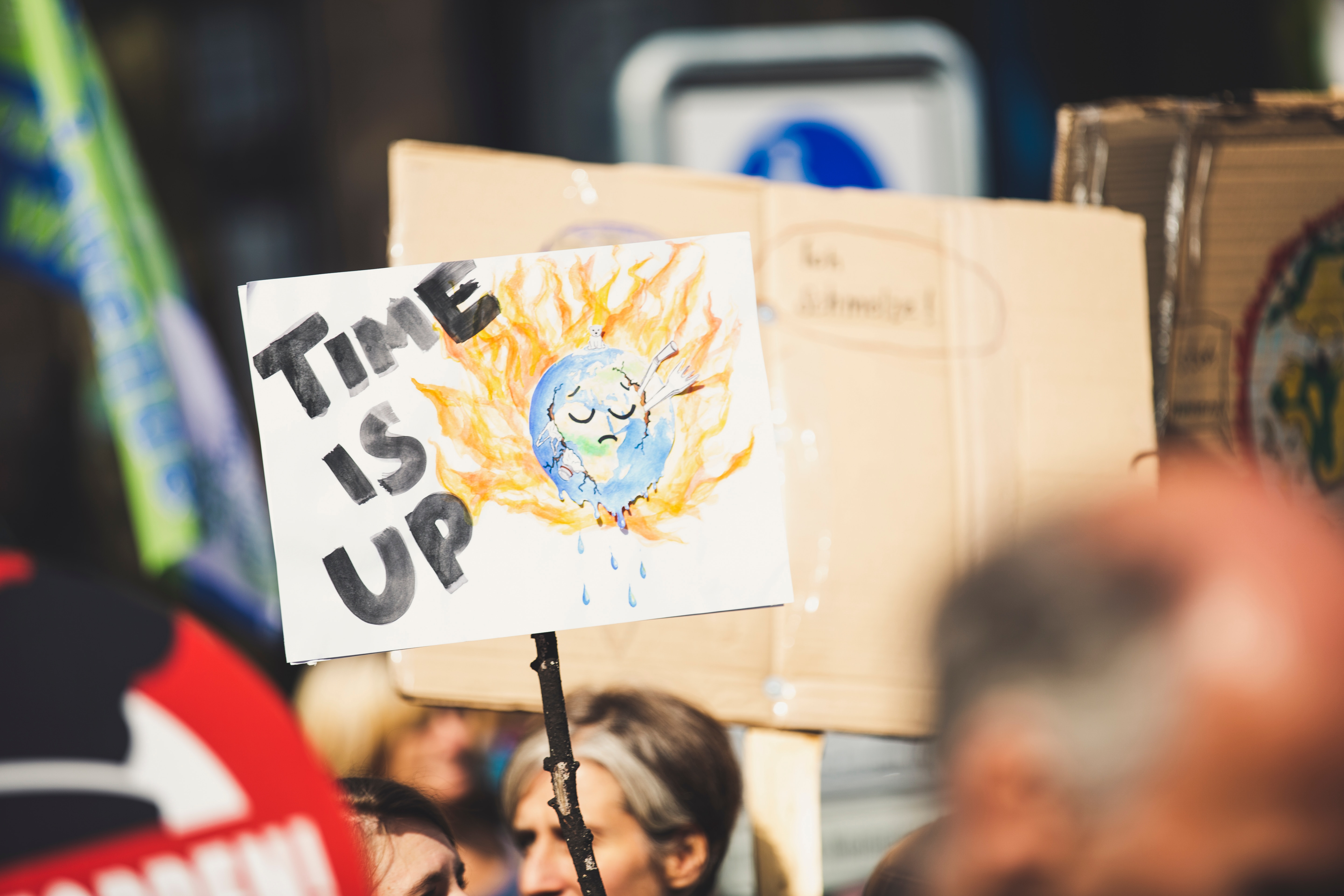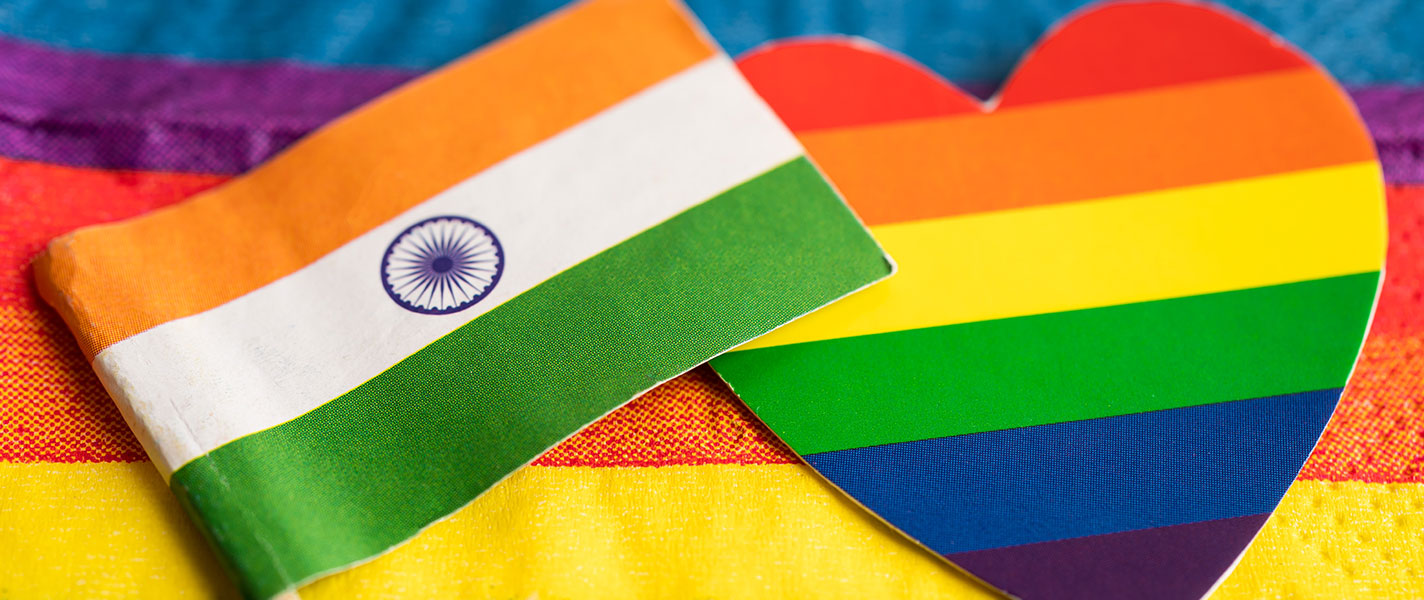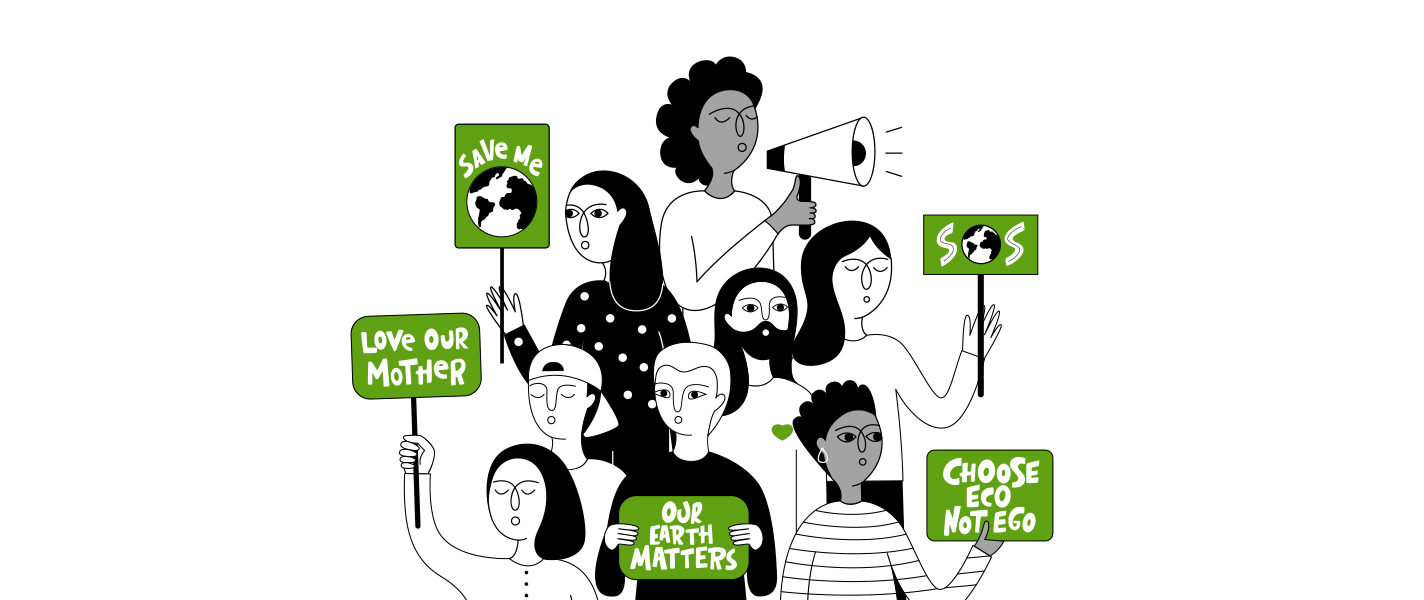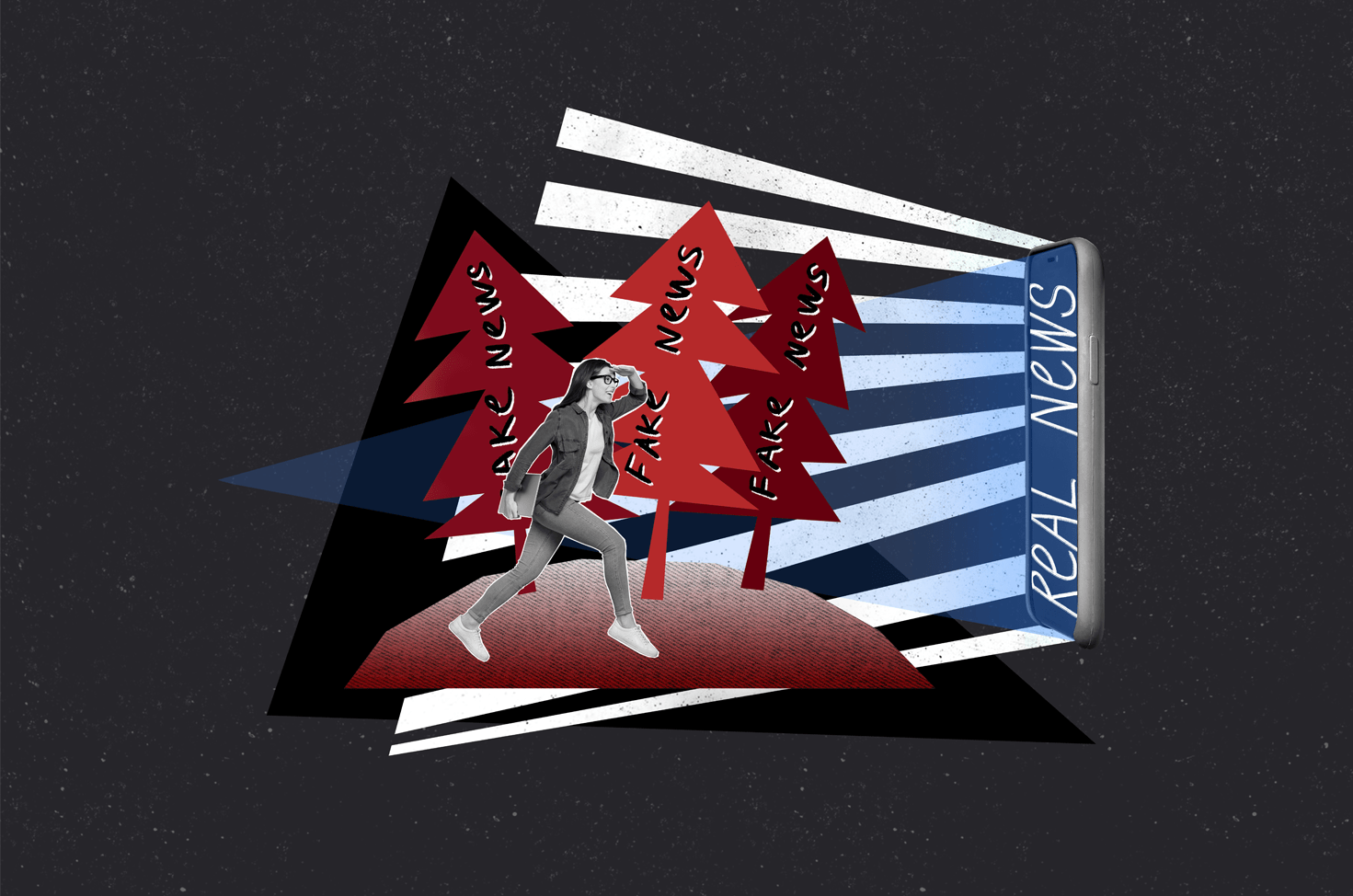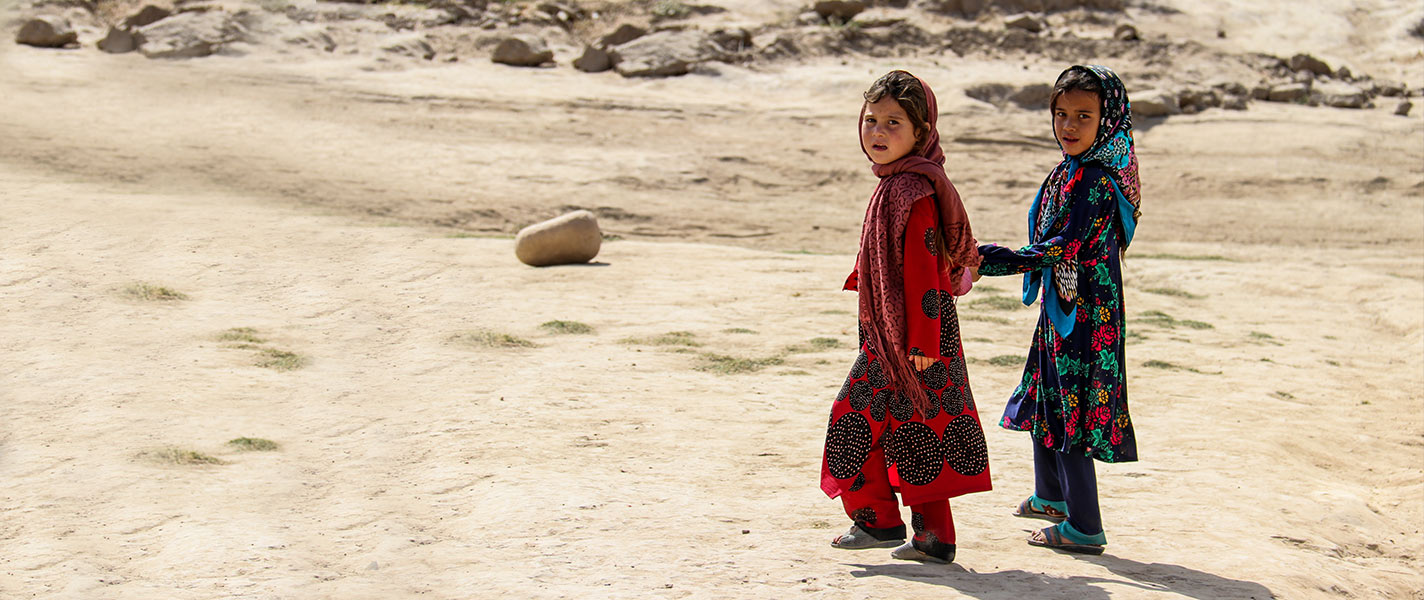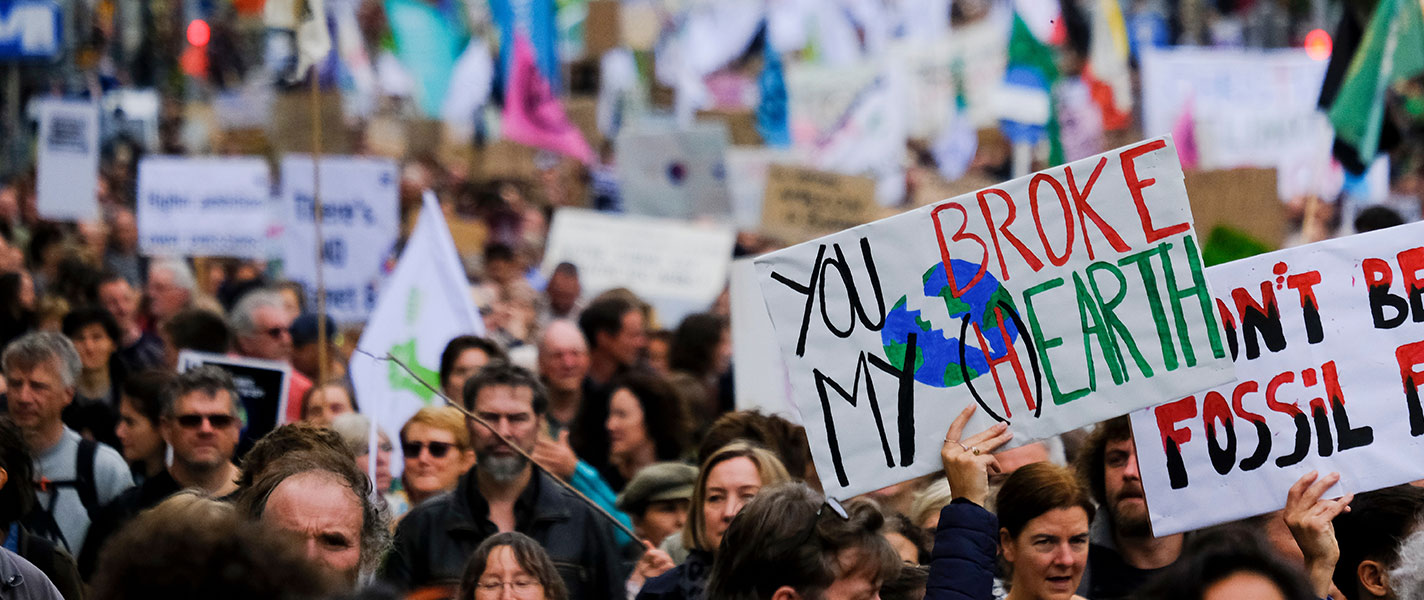The Dark Side of Fast Fashion
People keep stocking clothes and following trends yet do they even know or consider the impact of fast fashion on the environment?
Fast fashion is a term used to depict a phenomenon in the clothing industry that has been getting popular since the early 2000s. Fast fashion is the mass production of cheap and low-quality clothes. Durability is no longer relevant in fast fashion, clothes have become more related to style and following fashion trends. This accelerated production model raises questions about how sustainable and ethical fast fashion is.
Let’s lay out the facts
People might think that fast fashion is a great affordable choice for people with low income who can't afford expensive clothes. In fact, fast fashion goes beyond that.
People purchase around 56 million tonnes of clothing yearly, and this number is expected to reach 93 million tonnes by 2030 and 160 million tonnes by 2050. This over-production and over-consumption make fast fashion the second most polluting industry in the world, after energy, responsible for emitting between 1 and 2.1 billion tonnes of CO2-eq.
Fast fashion is also based on the over-consumption of resources. The production of synthetic materials, like rubber and viscose, requires large-scale deforestation. Therefore, fast fashion is destructing our forests to produce fabrics.
It also plays a major role in the massive waste of water. Based on a video shared by the World Wildlife Fund, 2,700 liters of water are needed to produce one cotton t-shirt which is the drinking water consumption of one person for two and half years.
Based on research shared by the UN in 2018, textile dyeing is the second largest water polluter globally and is responsible for 3% of global CO2 emissions. Based on data provided by the International Union for the Conservation of Nature, the textile industry produces 35% of the microplastics that end up in our seas and oceans. Washing polyester leads to the detachment of microplastic in wastewater ending up in oceans and later on in our food chain.
The throwaway culture has exacerbated the situation. Even recycling won’t solve the problem, knowing that 60% of textiles are not recyclable which is the reason why they end up burnt or dumped in landfills. Research shared by the Ellen Macarthur Foundation states that 92 million tonnes of clothes end up in landfills. The number is expected to increase to 134 million tonnes a year by the end of the decade.
Wear Your Morals on Your Sleeve
We as fashion consumers can be more conscious about our fashion consumption by advocating for a more slow and sustainable clothing industry. We can start by restyling the clothes that we already have. We can opt for selling or donating the clothes that we no longer wear and start buying second-hand clothes. We should also start prioritizing the quality of the clothes we get, by starting to buy clothes with recycled, upcycled, or more sustainable materials.
In order to replace the current accelerated production model, we need to champion a sustainable, durable, eco-friendly, and reparable fashion model.
The Darker Side of Fast-Fashion
Fast-fashion production is outsourced in countries like India, Vietnam, China, and Bangladesh with cheap labor. This raises other concerns in relation to the exploitation of workers who work in unsafe and inhumane conditions with zero safety net and low wages. Fast fashion goes beyond it and includes forced labor and violation of human rights.
We should start taking all the factors into consideration and take the necessary steps to change our habits for the sake of our earth. Yet changing our habits as consumers could not solely change a successful business model. Therefore, business owners and fast-fashion brands could start by narrowing down the environmental impact of this industry by establishing new concepts like the usage of recycled materials and renewable energy in the production of clothes. Brands like Zara and H&M are already taking the initiative in reducing waste by recycling through installing in-store collection bins. H&M is also providing in-store repairing services, rental and re-commerce options. However, are these efforts sincere or mere tokenism? Is it enough to end the climate crisis exacerbated by fast fashion?
The article represents the views of its writer and not that of LEED Initiative.
